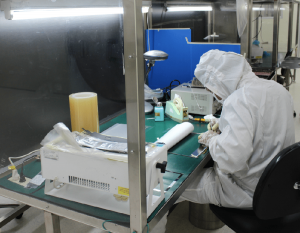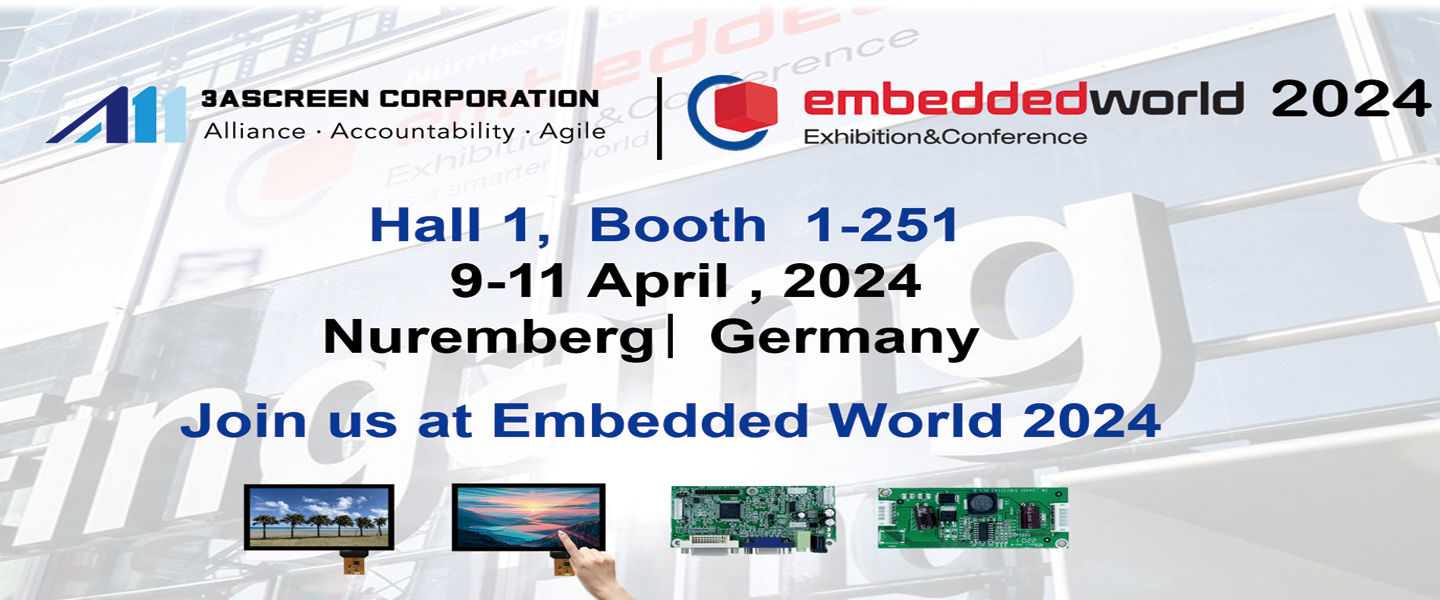
High Brightness Display introduction, as we all know, liquid crystal panel (TFT-LCD) is the heart of liquid crystal display, occupying more than 80% of the cost of the entire product, its quality will directly affect the color, brightness, contrast, viewing angle and other functional parameters of the display and display effect. However, what is the internal structure of the High Brightness panel? Here, 3AScreen will give a brief introduction.

First of all, let’s understand the working principle of the display. In simple terms, the imaging principle of the display is that by applying voltage to stimulate the deflection of liquid crystal molecules to generate images of points, lines, and surfaces, the liquid crystal molecules block the LED backlight like a gate. The transmission rate of the emitted light, and then the light is projected on the color filters of different colors to form an image.


A liquid crystal panel is usually composed of several parts such as a liquid crystal molecular layer, a filter film, and a backlight. The structure below the liquid crystal molecular layer and between the metal backplane is mainly a reflective plate, a refracting plate, and a three-layer filter film. The function of the reflector is to reflect the light back and reduce the loss of light. The function of the refraction plate is to reflect and refract light inside it, and evenly distribute it throughout the LCD screen. The function of the filter film is to remove light of a certain wavelength, and the three layers of filter films have their own functions. In the LED backlight, in addition to the light source, it is equipped with a transparent filter layer and a white reflector. Among them, there are many particles on the filter layer, the purpose of which is to make the backlight more uniform through refraction and reflection, and the reflector can increase the brightness of the LED backlight light.
LED backlights are equipped with reflectors, refractors, and filters, so that the light source can be evenly distributed across the entire screen. Currently, there are very few strip-shaped LED backlights whose light can be evenly distributed across the entire screen. Therefore, many High-end monitors or professional monitors use a dot-matrix LED backlight design.


